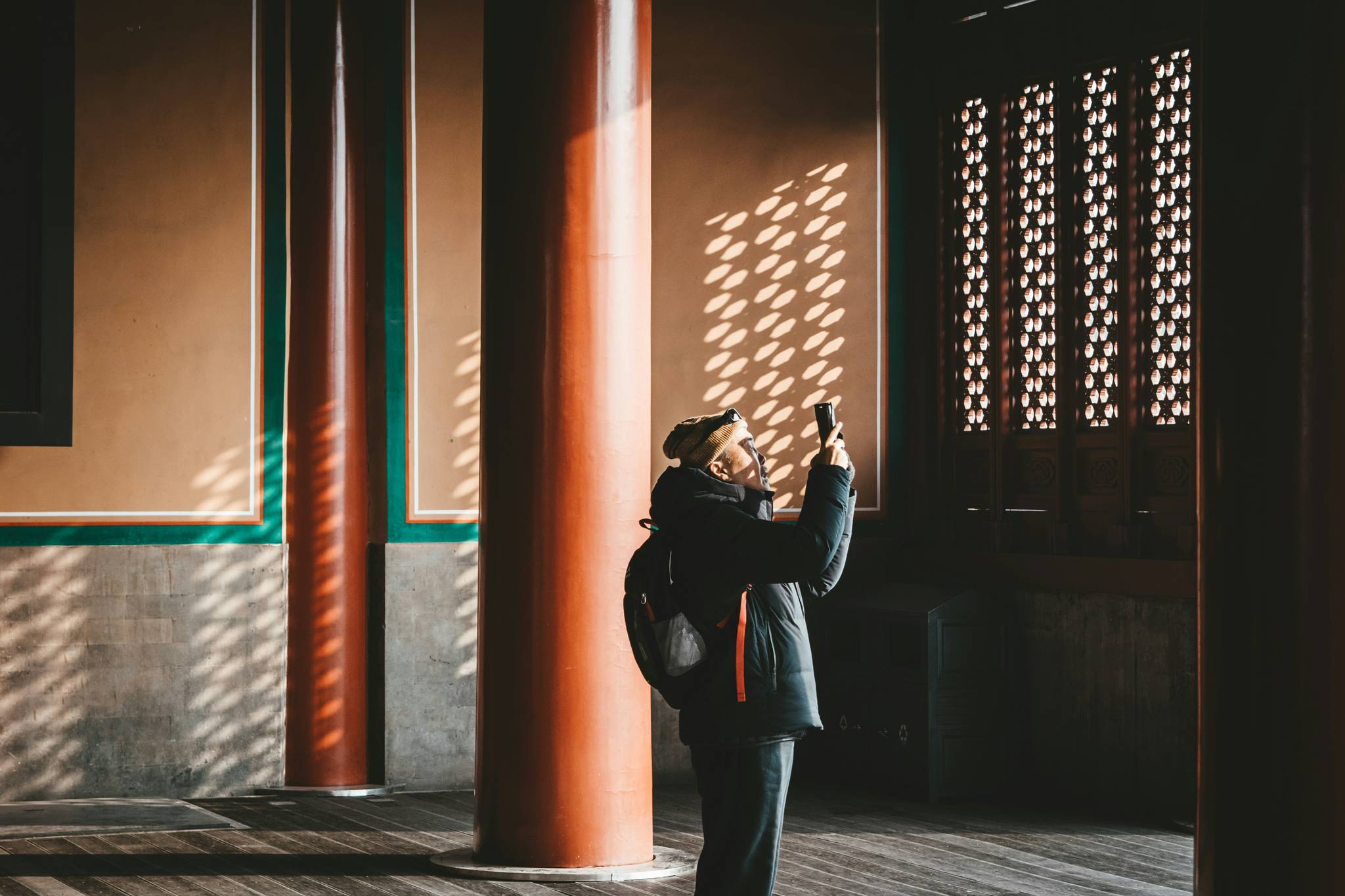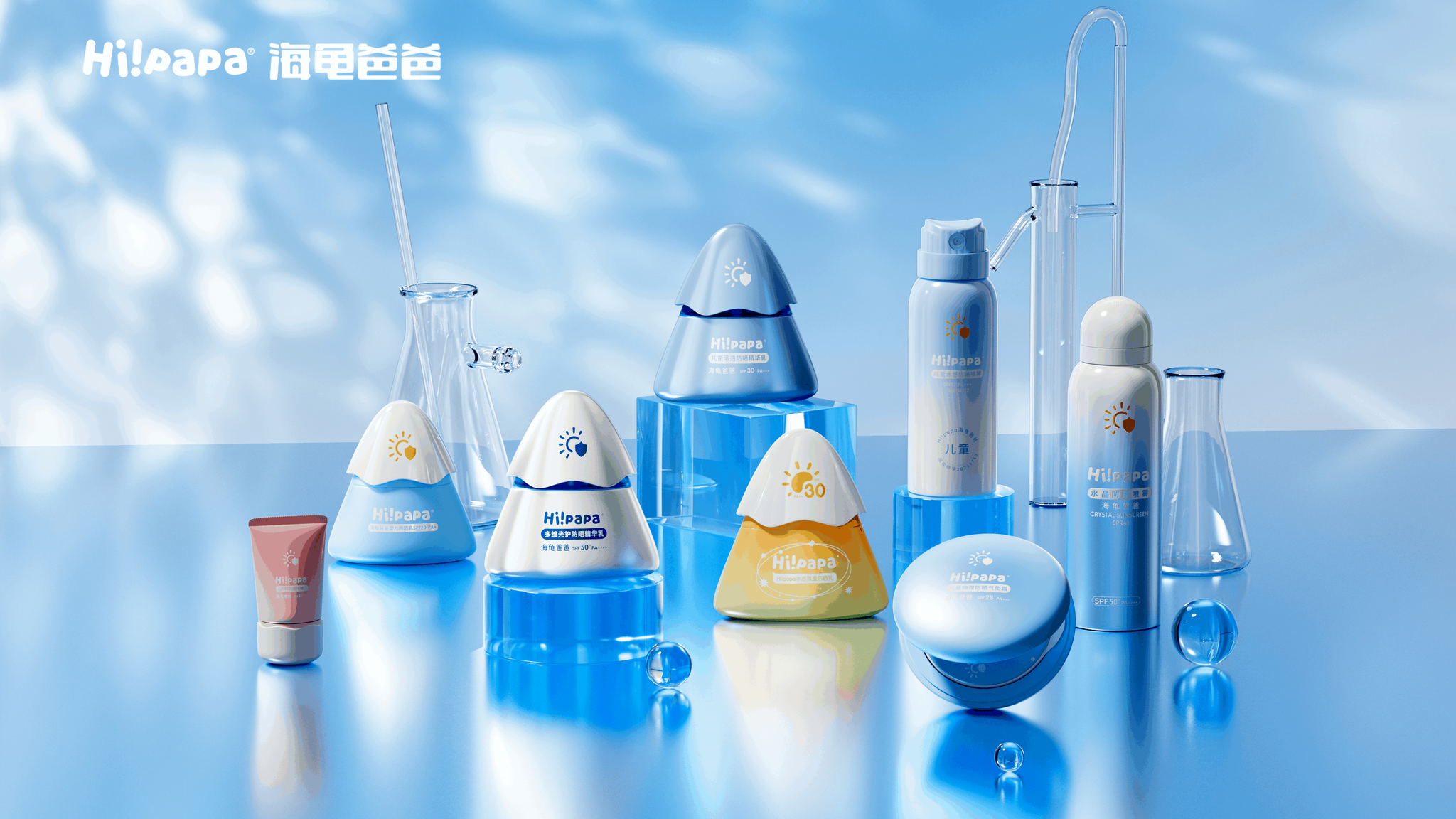
China's preference for sun-shielding neutral attire might extend beyond the runaway triumph of Dune: Part 2. Delving into the nation's fashion chronicles, individualism and the rise of self-expressive fashion identities have seen trends move from the big screen to real-life contexts.
In a cosmic collision of culture and couture, the arrival of Dune has birthed a sandstorm of style in China. The bland taste Hollywood films have recently left in Chinese palates does not apply to the 2023 sequel to the 2021 post-apocalyptic film, as it received a 9.3 rating on the Chinese digital entertainment platform Maoyan and 8.3 on interest-based social media Douban.
Chinese netizens even gave Dune star Timothee Chalamet the nickname “Sweet Tea” (甜茶) — a transliteration of his name in Chinese, “Tian Cha”. The film’s hype eventually transcended the screen, spicing up the popularity of the desertcore trend in China and Hong Kong.
In February 2024, actress and singer Gillian Chung went viral on Weibo. Her photos posing in front of Arizona’s Monument Valley in an earth-toned hooded dress were shared almost 500,000 times, with netizens posting their takes on the fashion trend using #废土风, Jing Daily reports.
Chinese star Esther Yu and BLACKPINK’s Jennie also propelled the popularity of desert-esque fashion brands like Darker Wave, Demobaza, and Wooha. And by April 2024, desertcore fueled anticipation for Chinese singer Zhang Yixing’s “wasteland style dirty braids” look in the Psychic music video, gaining over 4 million discussions on Weibo.
But with tense diplomacies between America and China making Hollywood films fall out of favour with the Asian diaspora, how did Dune: Part 2 take over the style scene and pierce the Chinese blockbuster market for the first time since 2020?
With nationalism affecting the tastes of 74% of Chinese consumers — from hanfu fashion to rural content — Shanghai Film Association’s vice chairman Shi Chuan tells foreign filmmakers: “You must study deeply to understand the Chinese market, Chinese audiences and Chinese pop culture.”
Whether by chance or choice, the 2023 Dune sequel successfully tapped into the tastes and values of Chinese audiences. Looking at China’s rich fashion history, the ‘desertcore’ trend’s luxury leanings and sun protection references align with China’s top two trends of 2023: facekinis and Maillard style.
Arm sleeves, sunscreen, and faceskinis saw record sales in Beijing in 2023 as intense heat blazed through the country – with it being recorded as one of the hottest summers on record since 1850. On top of persisting expectations for fairer skin, especially in women, the threats of China’s climate situation and its effect on the body feed into the need to cover up from head to toe.
Tech has been working double-time to mitigate this, with wind and solar generators dominating the country’s northwestern deserts to reach its 2025 climate goals. Meanwhile, brands like Anta, Decathlon, and Lululemon lend a hand in fashion, while OhSunny, Bananain, and Hi!Papa handle personal care.
Wanting to take the reigns on the desertcore trend themselves, influencers like I am Xiangxiu wear her sunmask from morning to night while others boost the sales of blush masks, which became popular for lazy beauty buffs on the B2C platform Tmall. In China alone, the UV-protective clothing market is poised to reach $13.3 billion by 2026.
As China anticipates fiercer temperatures in 2024, desertcore has emerged as a fusion of understated opulence amid searing heat, igniting China’s fascination with 'Nomad Glam' and captivating local Dune enthusiasts who turn premieres into runway showcases.
In a realm where fashion often mirrors reality, Dune defies convention by illustrating how otherworldly landscapes can influence our everyday existence. And in a terrain where tradition harmonizes with innovation, desertcore has woven itself into the tapestry of China's fashion trajectory.
Desertcore and Dune narratives strike a chord with China's pursuit of equilibrium between legacy and progress.
In this fusion of realms, China's fashion future is navigating its own passage through the sands of time as young consumers seek individualism through their fashion choices and the collective psyche is challenging more traditional societal norms.
Trends transitioning from the silver screen to real-life contexts are normally hard to document, but China's fashion enthusiasts have proven that the spirit of exploration and metamorphosis has taken over the way they dress – especially when climate anxieties run high and the future looks bleak.



